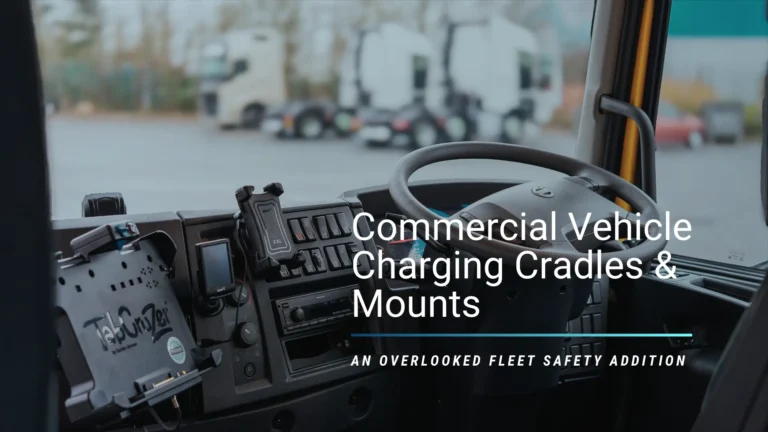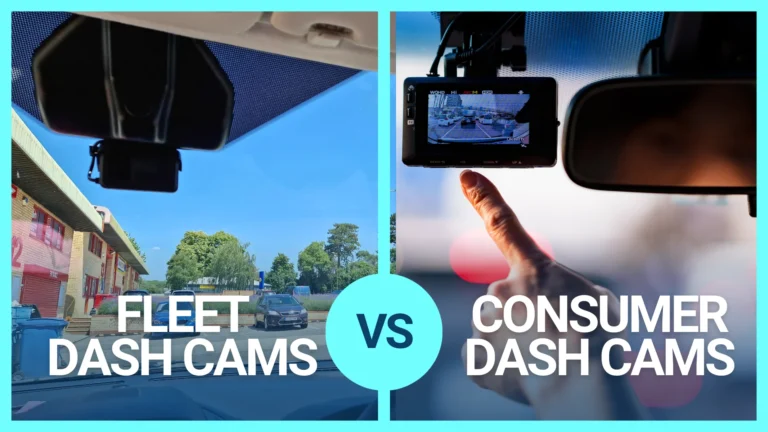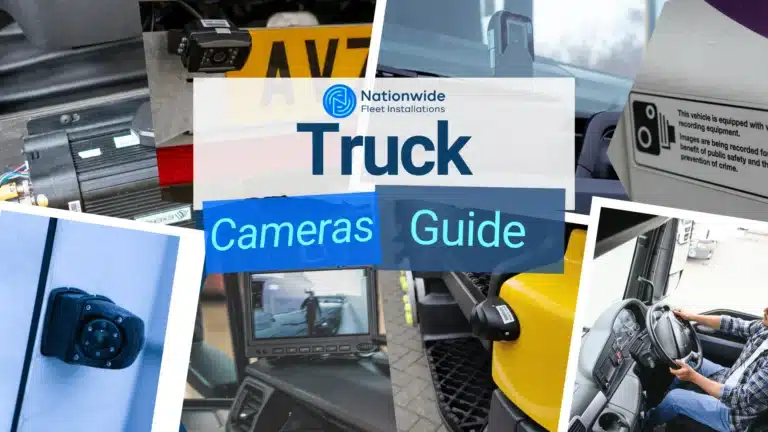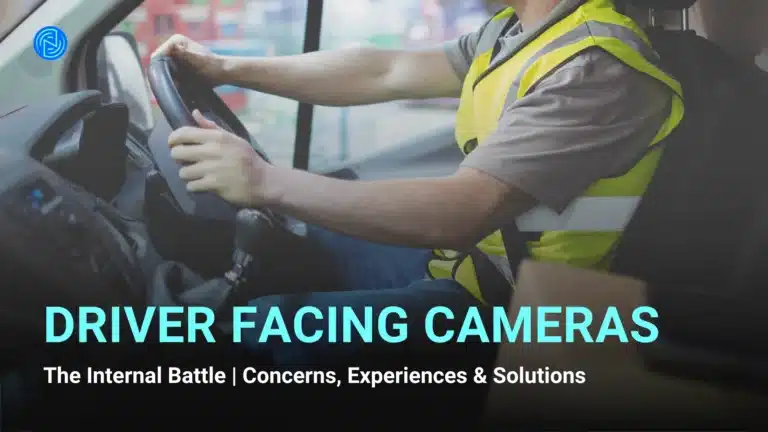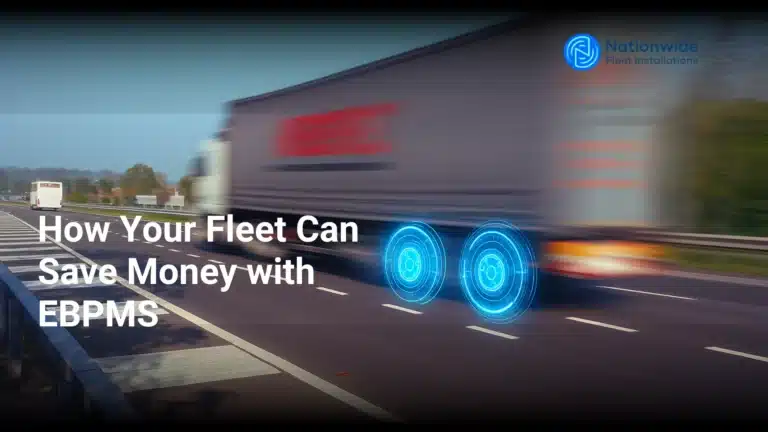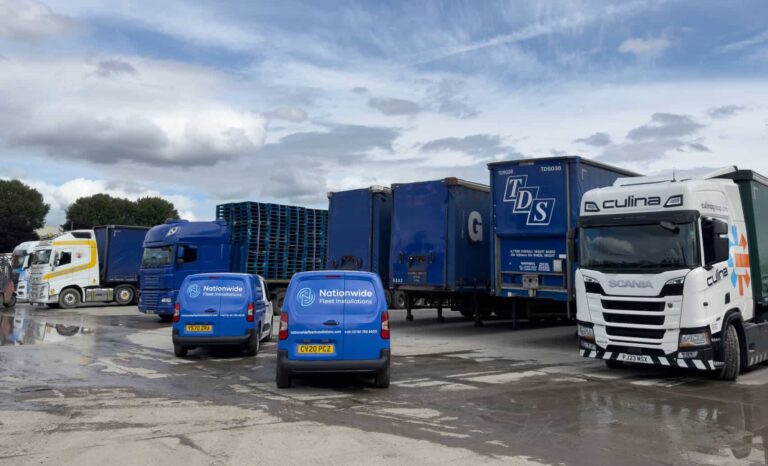Best Dash Cam Features For Fleet Vehicles – A Complete Guide For Fleet Management
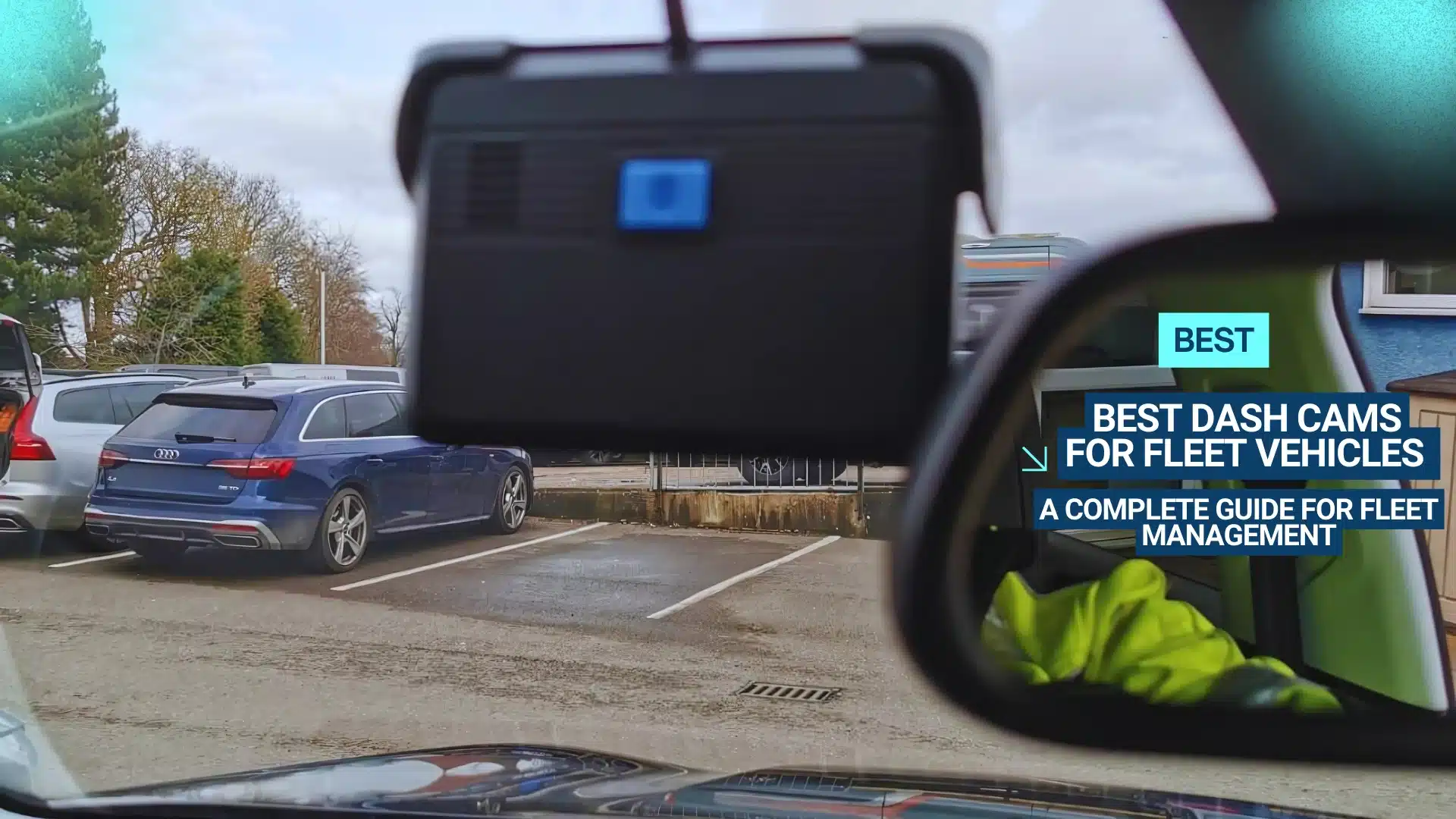
Choosing the best dash cam solution to help you manage your fleet can be challenging. With a whole host of options, so many models and features on the market, it’s easy to feel overwhelmed if you’re not sure what matters most.
We install dash cams for fleet vehicles on behalf of leading dash cam manufacturers, telematics companies, and fleet management providers. This means we work with the latest technology every day, giving us first-hand insight into what really works for businesses like yours.
From our knowledge, experience, and training from our dash cam partners, we install on behalf of, here are the features to look out for when selecting the best dash cam solution for your fleet:
What to look out for
AI
AI technology is improving fleet management. Whether it be saving fleet managers time, reducing the risk of accidents or analysing data, the benefits are tangible. Fleet News research shows this is reaching the market, as research by industry players shows that nearly half of UK fleet managers expect to be using AI systems before 2030 to help improve the management of their vehicles and drivers.
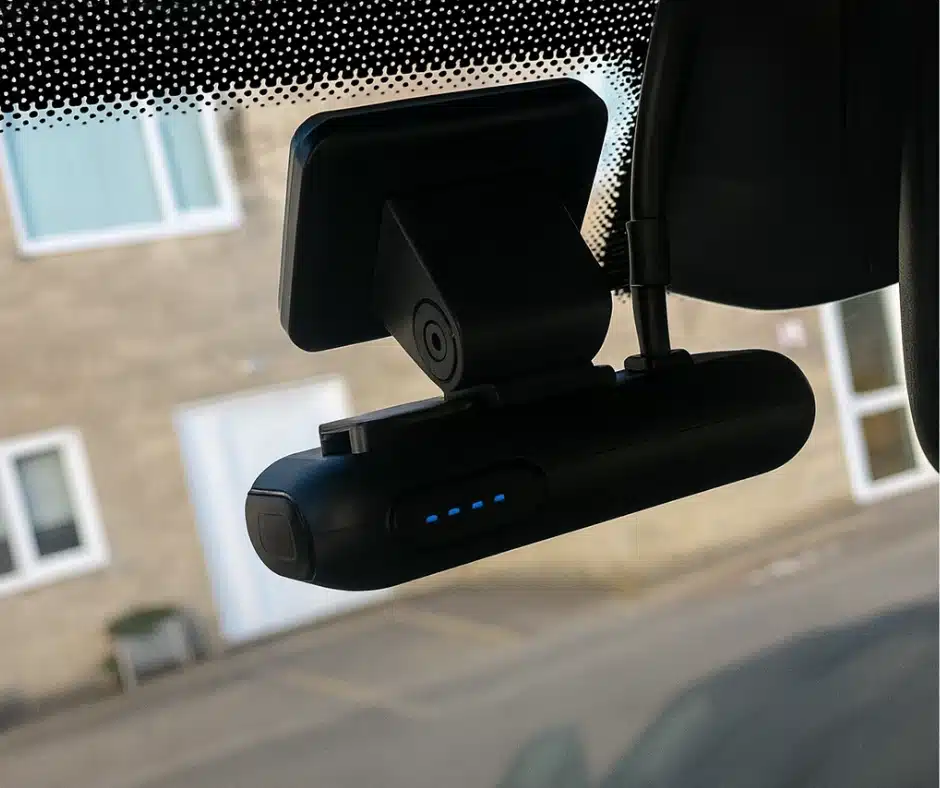
Alerts
For fleet dash cams, AI integration improves safety. When opting to invest in AI-enabled fleet dash cams, they come with a range of alerts that notify drivers when the system notices drowsiness, distracted driving and if the vehicle is close to the vehicle in front. AI can work with dash cams that have audible alerts to notify drivers. AI dash cams don’t only support drivers; they are also useful for fleet managers, as they can detect crashes and instances of poor driver behaviour, such as harsh acceleration, braking, cornering, and speeding.
Imagine, in the past, you’d rely on your fleet tracking system for these alerts, but now you can also get these features from your fleet dash cams, which can be beneficial as dash cams provide video. Not only do you have the alerts, notifications, and data, but now you also have the full picture with context.
This indicates that AI dashcams are worth considering for fleet operators. Although it may seem like an emerging trend, it is no longer just about trends and gimmicks, it’s providing tangible benefits for fleet managers and drivers. This technology is saving lives, reducing costs and improving driver welfare.
Predictive safety
In fleet management, accident prevention is paramount. Accidents lead to vehicle downtime, repair costs, compromise the health and safety of your drivers, impact your operations, and damage your brand image. With that being said, predictive safety features provided by AI technology go a long way to help reduce accidents and increase fleet safety
Driver coaching
With AI fleet dash cams, the AI technology helps to reduce the risk of accidents before they happen. For example, forward collision audible warnings give drivers a chance to rectify in real-time and not wait for communication or the next coaching session. This is real-time, on-the-go coaching in-cab, with no need to wait for the fleet manager.
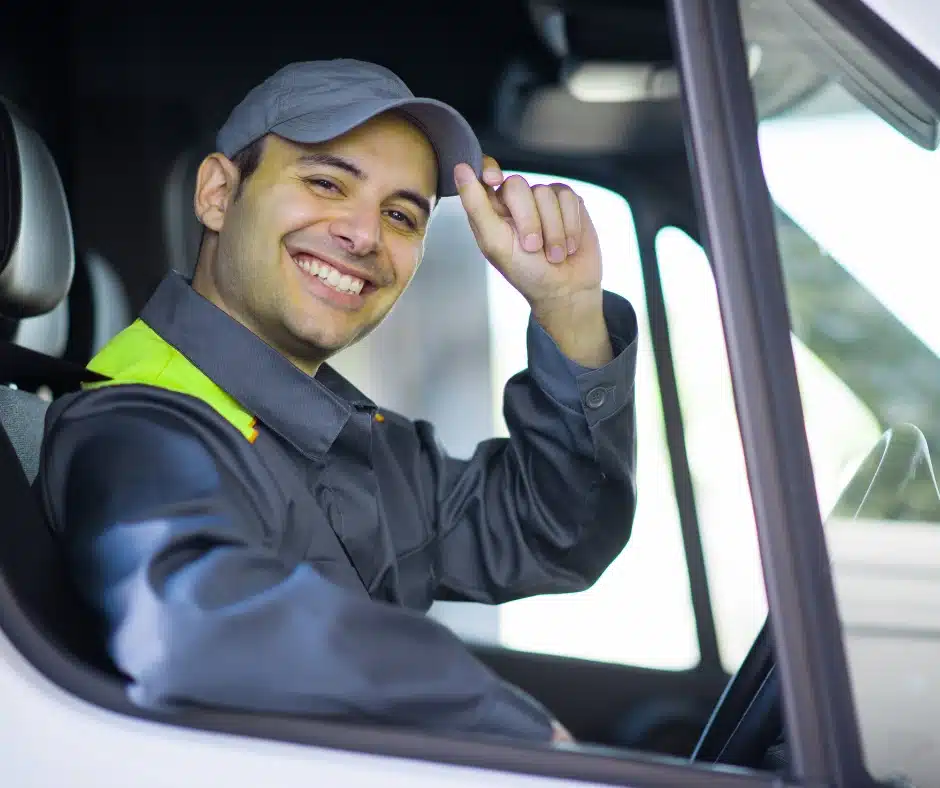
The ability for self-coaching saves time, especially in big organisations where one fleet manager is responsible for many drivers. They can’t be talking to all drivers at one time. Things can go unnoticed for a while before the fleet manager can get to it, but the best fleet dash cams can have elements of self-coaching to reduce this time, work for many drivers at scale in real time, and take action.
Driver-facing cameras
Fleet dash cams with driver-facing cameras can be called dual-facing cameras or driver-facing dash cams. These focus not only on the road ahead and behind but also in the cab to improve driver behaviour and driver welfare. As discussed already, when combined with AI they detect signs of fatigue, distraction and mobile phone use -helping to alert drivers, prevent accidents caused by these behaviours and improve overall safety.
Privacy
The best dash cams for fleets will have privacy management features to help businesses with compliance and data protection. For example, driver-facing cameras can blur driver faces and passengers. For external recording, other road users can also be blurred including licence plates. Fleet dash cams are designed not just to do the job but to also help customers comply with regulations.
Learn more about fleet dash cams and privacy rules for businesses.
Event detection
The best fleet dash cams come with intelligent features such as event detection. Without event detection, all you have is the footage and you can imagine, if you have to find a specific event or complaint, you may have to sift through hours of video to find the incident. This can also result in other missed events as people fast-forward to get to that moment.
However, the ideal dash cams for fleet managers will have event detection to make life easier, saving time not just for them but for the business too. Footage can be stored and sorted by events, for example, near misses, crashes, poor driving behaviour, etc. Fleet managers can also be notified. No need to sort through footage and less missed instances of poor driver behaviour.
GPS live tracking
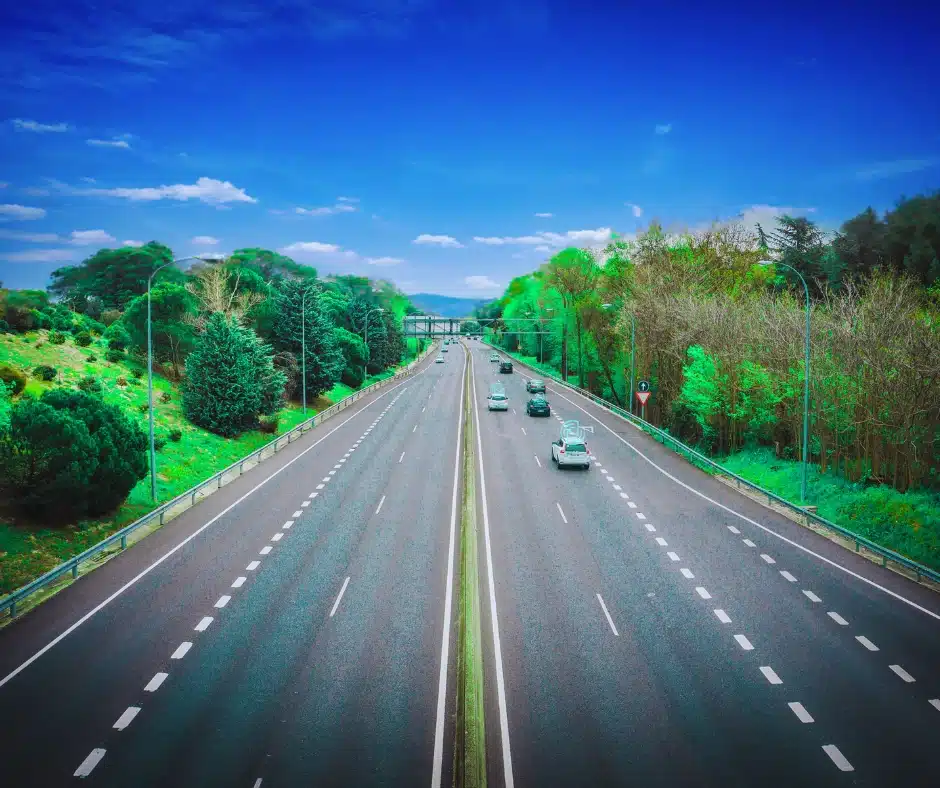
When fleets invest in dash cams, it’s also prudent to get a fleet dash cam system with GPS capability. With this feature, you can tie in events with location data to get a clear picture of where an accident happened. You can also use it to monitor problem spots and for geofencing capabilities.
Minimise technology downtime
Dash cam solutions are usually a big investment for many businesses that operate vehicles, and return on investment will be key. However, the nature of running a busy fleet means that hardware can get knocked, vibrations from potholes and uneven road surfaces can occur on site, vehicles may go in for service or windscreen changes, and there are even risks of tampering. These factors can affect the functionality of your dash cam system.
As ROI is key, it’s essential to know as soon as possible if one of your dashcams is not functioning properly. Dash cams for business often come with some remote health check feature, notifying you if cameras are not working, have moved out of position or been obstructed. Some even have remote diagnostics features to fix issues on the go, or the dash cam provider works with a telematics installer for service calls. These features help to improve camera uptime and ensure that none of your vehicles have the unfortunate event where an accident happens, but there is no video footage.
Multiple video angles
The ideal business dash cam has flexibility and options in terms of footage. Do you just want to record the view from the front, forward facing and rear, or do you have a policy that allows for driver-facing cameras? Do you want to solve a specific problem, i.e. theft, proof of delivery, driver welfare, or tackle dangerous driving? Or you may require 360-degree visibility and a full video telematics suite for maximum visibility.
Whatever your business needs are, a fleet dash cam with multiple video feeds will help meet these requirements and have room for growth as your business expands and fleet requirements grow.
On-demand video
Access to video is important for fleet operators, it helps with accountability, speed of response, and notifying insurance companies in the event of a claim. So not only does footage from business dash cams exonerate drivers if not at fault, but how easy or quick it is to access footage from the dash cams is key.
Fleet dash cams come with remote video access, meaning access to video in minutes via cloud access. No need to wait for the vehicle to come back to the depot in order to retrieve the footage.
Parking mode
If fleet security is an issue for you, then a feature like parking mode can help monitor vehicles when unattended, giving drivers and fleet managers peace of mind, even after the business day has finished.
Other fleet dash cams can also come with measures that help prevent tampering, like locking mounts.
Platform and dashboard UI
Whilst the primary purpose of dash cams is video footage and fleet safety, it’s important for fleet operators not to forget about the process of retrieving the footage and using the other features mentioned above. This makes the user interface of the dash cam platform and ease of use important.
If this is not good, then it will affect how easy it is to use the system, making results hard to realise, adding to time, resources and complexity, which defeats the purpose of investing in the system in the first place.
Reports
With the footage and data from fleet dash cams, to analyse it properly, platforms will often produce reports – allowing you to reward drivers for safe driver behaviour, coach lower-performing drivers, and get insight into your business vehicle usage.
From experience, each fleet is different, and the environment is also diverse, encompassing various types of roads, jobs, driving hours, and vehicles. Therefore, with reports, you can see trends, problems, and events customised to your business, allowing you powerful insights and identifying which factors to prioritise.
Video resolution
Video resolution is an important technical specification for businesses looking for fleet dash cams. A low-resolution camera will affect the output of the cameras, particularly problematic if there is an incident, but the camera can’t capture the number plates of the other parties involved in the incident.
Even AI detection works better at higher resolution, particularly for driver-facing cameras and other advanced features. As a result, ideal fleet dash cams come with HD, 2K and 4K recording capability.
General Things to Consider
There are some other general considerations fleets should look at when investing in fleet dash cam solutions:
Don’t just go for cost.
Budgets are a key deciding factor for businesses; however, don’t let this be the only factor. Other factors will need to be considered, depending on the types of operations your vehicles undertake. It’s not as apparent as it seems. Remember that you are not just looking for a solution (dash cams for your business vehicles) – perhaps it’s a problem (X) like rising accidents, increased insurance premiums, a rise in crash-for-cash claims, or a need to improve customer experience.
Therefore, the starting point should be: “I want to improve (X)”, thus, I need a dash cam solution that supports me to achieve, i.e. lower insurance premiums, driver accountability, or improvement in safe driving. This can be a more effective approach to determining which fleet dash cam is best for your fleet.
Selecting the wrong dash cam solution can also cause you to exceed your budget, result in double investment, or lead to vehicle downtime. Therefore, there is a lot to this decision. Consider features and benefits unless cost is a significant constraint. Even if cost is a constraint, meaning you may not be able to invest in your ideal solution now, it’s still worth asking the same provider if they offer a base package and an upgrade path for later growth.
Contracts and contract length
Fleet dash cam solutions will range in cost; therefore, it’s important to see what the payment options are and the cost of subscriptions. This will depend on the number of vehicles in your fleet, as well as any additional features you may need.
Fleet dash cam solutions can have a wide range of costs. Payment options may include upfront hardware fees or monthly subscription plans, and the total price will depend largely on the number of vehicles in your fleet and the features you select, such as cloud storage, real-time GPS tracking, or driver safety analytics. Be sure to review the pricing tiers from each provider to find the most suitable plan for your business.
Ask about data retention policies, such as how long footage is stored, whether it is accessible via the cloud or only locally, and who has access to it.
Ask About Installation
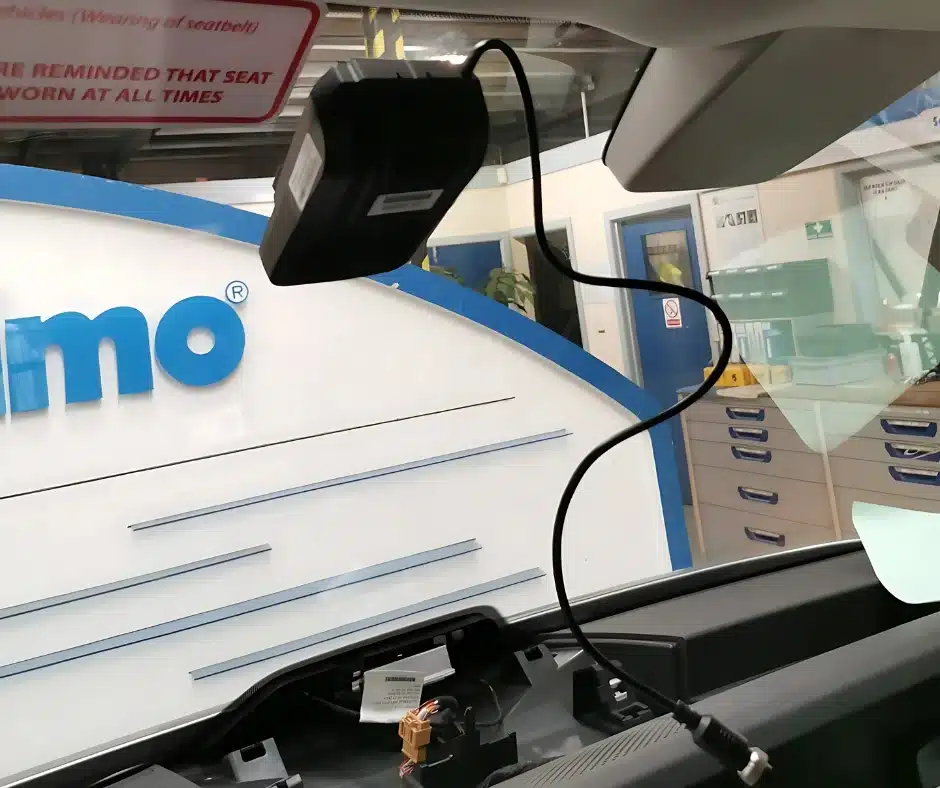
Installation is a vital aspect when investing in fleet dash cams. Its worth finding out what the full process is from signing the contract to having the technology operational in your vehicles. This should involve determining whether the dash cam provider offers installation services, whether you need to hire your own installer, or if they can refer you to a reputable installation company like ours. These will be key to helping you establish how long before you can use the dash cams, additional costs you may need to factor in, scheduling of installs, installation methods and who will be responsible for what. Ideally, if you can, you’d want the system hardwired into your vehicle.
Conclusion
Considering all the factors, the best dash cam for your fleet depends on your business needs, the types of operations your vehicles perform, and whether you have any existing issues to address. Aligning dash cam features to these problems and ticking the right boxes, will help you choose the best solution for your fleet. Thankfully, most telematics providers offer consultations to guide you through this process.
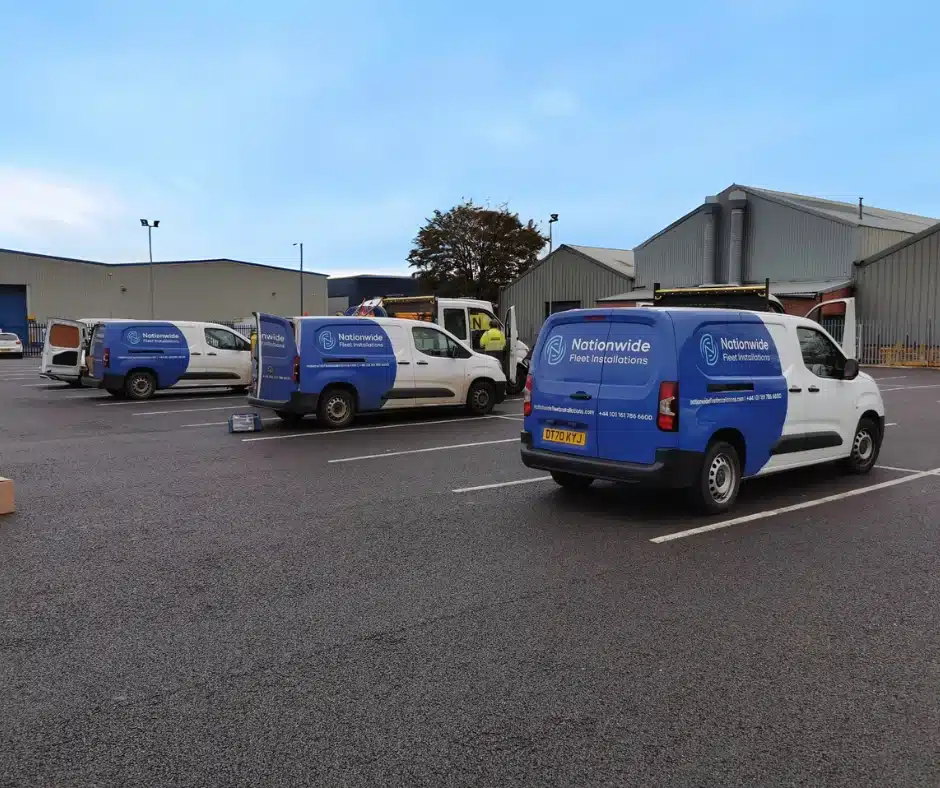
Contact us
If you have any questions about fitting fleet dash cams into business vehicles, please get in touch with us. Our engineering team will be happy to answer any questions.

